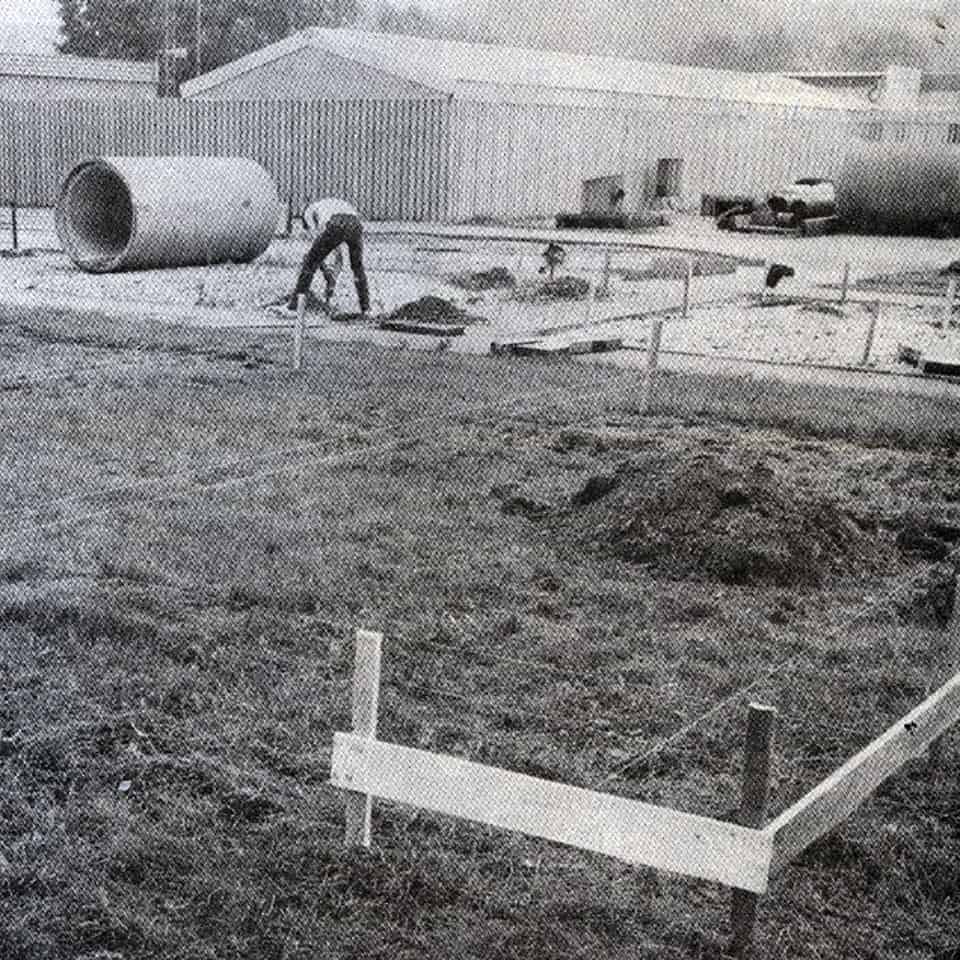Katarzyna Osiecka
Blinde Flecke im Hauskatalog – Architekturkonsum in der Peripherie
Anfang der 1980er Jahre gewann das kanadische Haus in Skelettbauweise erstmals die Aufmerksamkeit der polnischen Gesellschaft und erwuchs langsam zum Objekt der Begierde. Der „Kanadier“ [das kanadische Haus] hinterließ Spuren im Bild der Warschauer Peripherie unmittelbar vor, während und nach der politischen, sowie sozioökonomischen Transformation der 1990er Jahre. Die Dissertation befasst sich mit dem Wandel der Idee des Wohnens in Polen seit 1980. Das kommunistische System verstand das Wohnen als einen kollektiven Alltag. Es galt die strenge Wohnflächennorm, die erst mit dem Systemwechsel allmählich aufgelöst wurde. Die funktionale Architektur der Plattenbausiedlungen wich mit dem Übergang von der Planwirtschaft zur freien Marktwirtschaft dem Traum von einem Einfamilienhaus am Stadtrand. Das Wohnen entwickelte sich zu einer ausschließlich individuellen Erfahrung und einer persönlichen Verantwortung. Mit den Änderungen der 1990er Jahre überlagerte ein mangelndes Interesse am öffentlichen Raum, die städtebaulichen Schwächen der Moderne.
Blind Spots in the House Catalog – The Consumption of Architecture in the Peripheries
At the beginning of the 1980s the Canadian house in timber construction started to gain the attention of Polish society and slowly became an object of desire. “The Canadian“ [house] left traces in the image of the peripheries of Warsaw ultimately before, during and after the political as well as socioeconomic transition of the 1990s. This dissertation aims at discussing the shift in the idea of dwelling in Poland since 1980. The communist system perceived dwelling as a collective daily routine. As the system gradually changed the strict building norms limiting the authorized surface area were lifted. Furthermore with the transition from planned to free market economy the functionalist architecture of the prefab concrete settlements gave way to the dream of a single family house in the suburbs. Thus dwelling changed into an exclusively individual experience and a personal responsibility. With the changes in the 1990s the lack of interest in the common space overlapped with the urban shortcomings of modernity.

